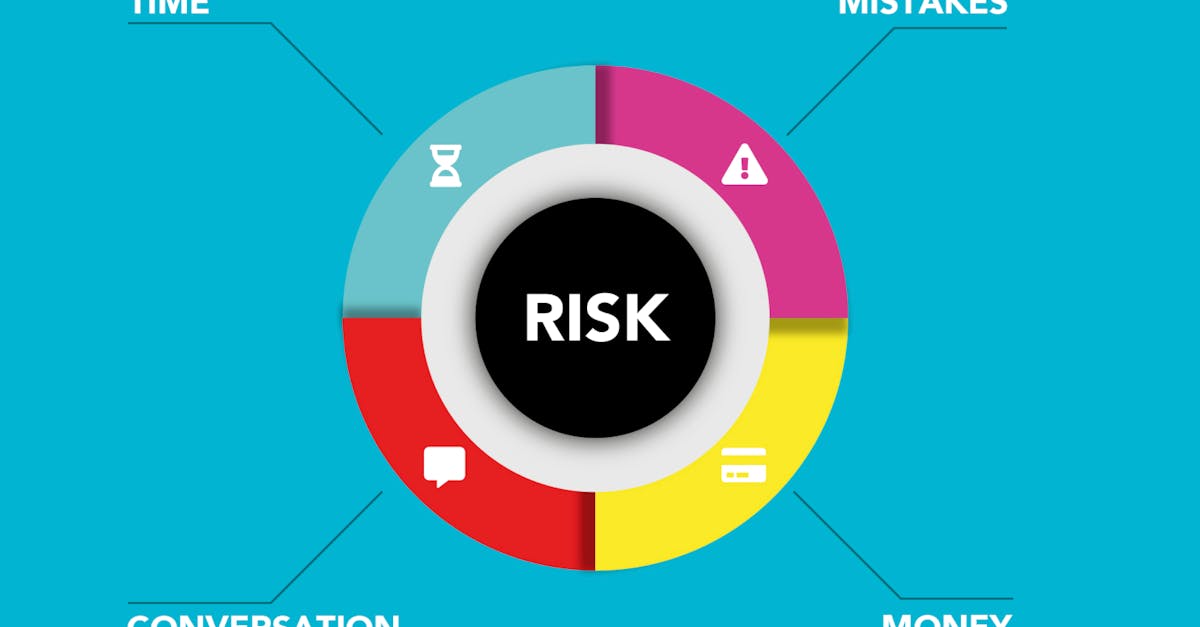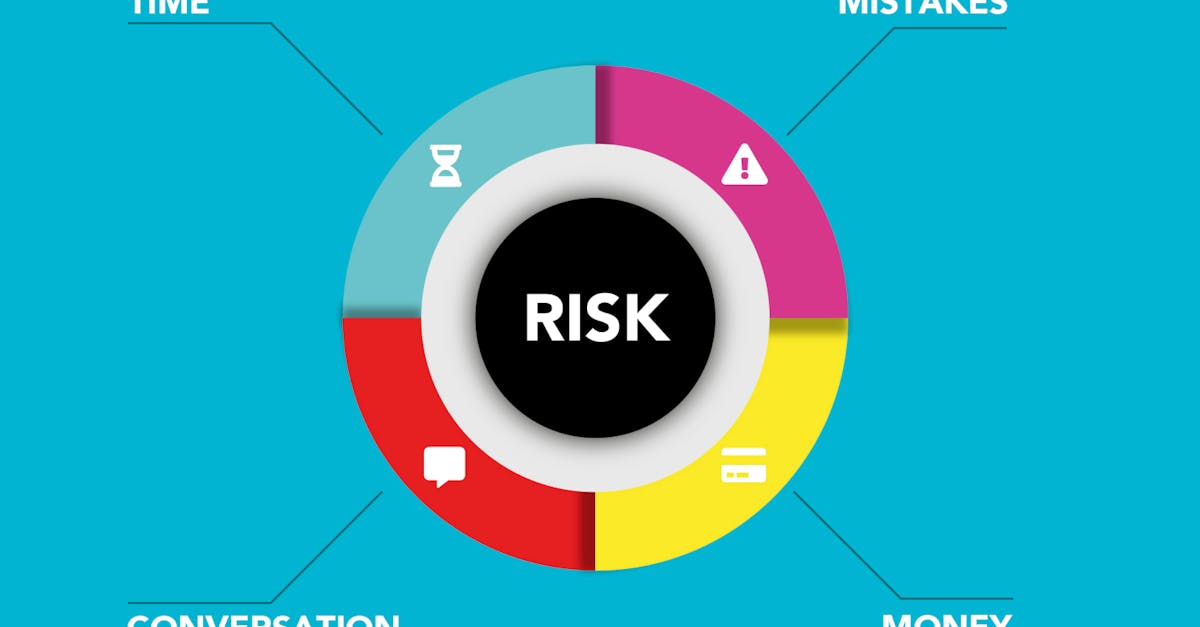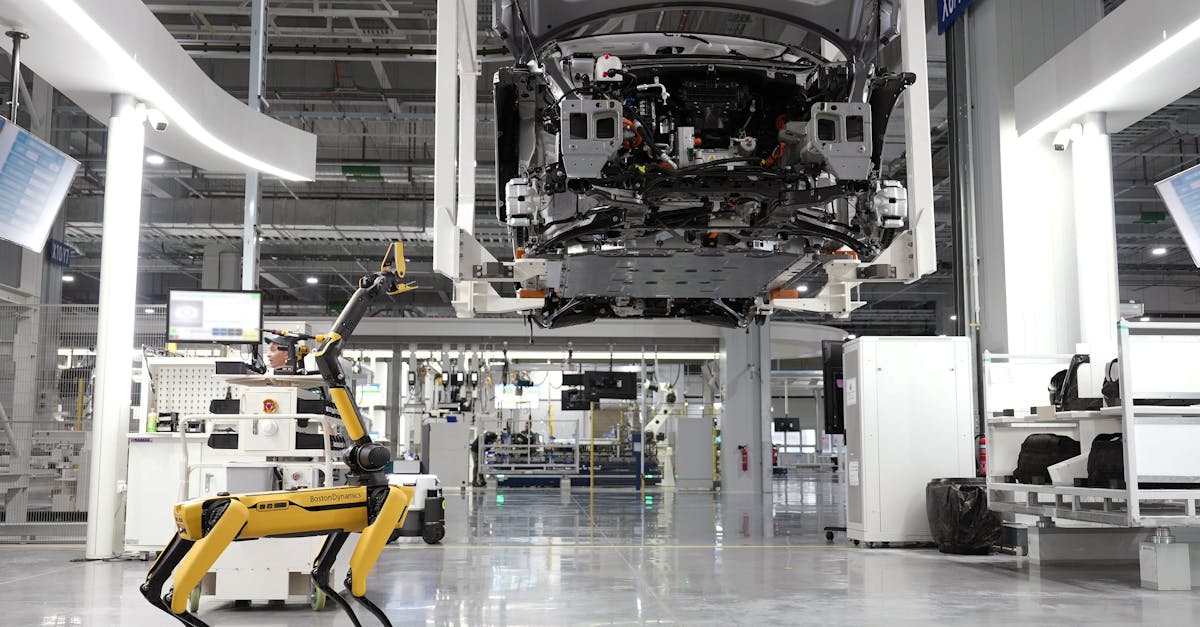Electric Planes Shaping the Future of Sustainable Aviation
Introduction
In an era when sustainability is a crucial concern, the aviation industry is under immense pressure to reduce its environmental footprint. The rise of electric planes offers a promising solution to this challenge. These innovative aircraft have the potential to significantly cut emissions and revolutionize the way we think about air travel. As technology continues to advance, electric planes are no longer a distant dream; they are rapidly becoming a feasible reality. This article explores how electric planes can pave the way for a more sustainable and environmentally friendly future in aviation. Let's delve into the fascinating world of electric planes and the immense potential they hold.
Advertisement
The Environmental Impact of Traditional Aviation
The aviation industry significantly contributes to global greenhouse gas emissions, largely due to the reliance on fossil fuels. Airplanes emit carbon dioxide, nitrogen oxides, and other pollutants, which contribute to climate change and air quality deterioration. With global travel demand expected to keep rising, conventional aviation practices pose a threat to environmental stability. Communities around airports often face the brunt of noise pollution, affecting quality of life. Therefore, addressing these environmental concerns is crucial for creating a sustainable aviation industry, making the development of electric planes a timely endeavor.

Alina Matveycheva/Pexels
Advertisement
Understanding How Electric Planes Work
Electric planes operate using electric propulsion systems, which rely on battery- or fuel-cell-powered electric motors rather than conventional jet engines. These systems offer several advantages, including reduced engine noise and more efficient fuel consumption. Electric propulsion is not entirely new; smaller designs in general aviation and prototype aircraft have successfully demonstrated its feasibility. However, challenges remain in scaling the technology for larger, commercial purposes. Advances in battery technology, lightweight materials, and aerodynamics are crucial in overcoming these hurdles to achieve widespread commercial adoption.
Advertisement
Key Players in Electric Aviation
Several companies and organizations are at the forefront of developing electric and hybrid-electric aviation technologies. Giants like Airbus and Boeing are heavily investing in electric aircraft research and development. Moreover, startups like Wright Electric and Eviation are breaking ground with innovative concepts targeting short- to medium-haul flights. Collaborations between aerospace companies and universities ensure a multidisciplinary approach, with experts from various fields contributing to the evolution of electric aviation. This collective effort signifies a giant leap toward achieving greener skies.
Advertisement
Economic and Operational Benefits
Beyond environmental advantages, electric planes promise significant cost savings and operational benefits. Electric propulsion can result in lower fuel and maintenance costs, as electric engines have fewer moving parts compared to traditional engines. For airlines, this reduction in operational costs can lead to more competitive fares and increase accessibility to air travel. Short-haul electric flights can serve as efficient alternatives to existing train or road travel, aiding regional connectivity. Thus, electric planes hold the promise of transforming both commercial aviation and the broader transportation landscape.
Advertisement
Battery Technology and Infrastructure Challenges
Despite the potential benefits, battery technology remains a critical challenge in the electrification of aviation. Current batteries struggle to match the energy density and siting convenience offered by traditional aviation fuels. Research continues to focus on developing next-generation batteries with higher energy densities and faster charging capabilities. In addition, adapting airport infrastructure to support electric charging or hydrogen fueling is necessary for the operation of electric planes. As investments in both technology and infrastructure continue, a supportive policy framework and international cooperation will be crucial.
Advertisement
Pilot Projects and Success Stories
Several successful pilot projects illustrate the progress being made in electric aviation. For instance, the all-electric Eviation Alice aircraft completed multiple test flights, marking significant milestones in this field. Similarly, commercial trials of hybrid-electric planes are underway, providing valuable data about their operational feasibility. These successful demonstrations inspire hope and confidence in the potential for rapid advancements in electric aviation technology. They prove that the industry is on the cusp of a major transformation toward embracing eco-friendly practices.
Advertisement
Public Perception and Industry Response
Public awareness and advocacy for sustainable aviation characterize a shift toward cleaner transportation models. Industry leaders understand the increasing demand for environmentally responsible travel solutions. Airlines are beginning to market more eco-friendly travel options to lure environmentally-conscious consumers. For an effective transition, passenger acceptance and confidence in safety and reliability of electric planes are vital. The success of electric aviation depends not only on technological advances but also on public understanding and support of their benefits.
Advertisement
The Road to Widespread Adoption
Overcoming the longstanding barriers faced by the aviation industry requires holistic solutions, with cooperation between government agencies, aviation companies, and environmental organizations. Initiatives like carbon offset programs and regulatory frameworks can accelerate the adoption of electric aviation. Sustainable aviation fuel (SAF) research combines with the push for electric planes to create a cleaner aviation ecosystem. Although electric planes are in their nascent stages, the industry envisions a future with green skies powered entirely by renewable energy sources, where travelers can choose innovative options without compromising on sustainability.
Advertisement
Conclusion
Electric planes represent a crucial step towards redefining sustainable aviation. With their potential to drastically reduce emissions and operational costs, they offer both environmental and economic advantages. While challenges remain, ongoing research and innovation continue to push the boundaries of possibility. As collaboration within the aviation industry intensifies, there is a real potential for widespread adoption of electric planes in the near future. Eventually, this technological shift will contribute significantly to a greener, more sustainable aviation industry, ensuring cleaner airways for generations to come.
Advertisement








